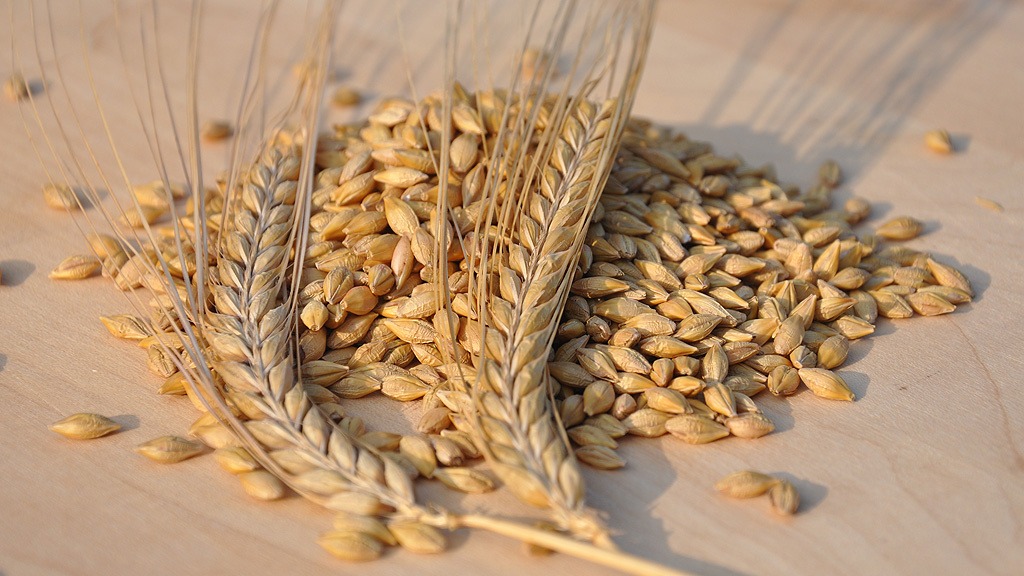World barley crop forecast reduced by 800 thsd tons

The 2024 barley harvest continues to feature diverse results in the northern hemisphere, including France and Canada, and very positive developments in the southern hemisphere, led by Argentina and Australia, according to an RMI Analytics report released in early September.
The most recent news came from Canada, where harvest progression confirmed fears of summer extreme heat that reduced yields and led to quality changes. Due to this news from Canada, RMI’s forecast for world barley production has been lowered by 800,000 tons to 143.7 million tons. Thus, world production for the 2024 crop is only 1.1 million tons above the 2023 result, which is a significant reduction in supply and demand compared to the forecasts made a few months ago. Consequently, overall barley demand and export trade is shrinking along with reduced supply.
Barley production in Russia decreased by 4.1 million tons compared to the 2023 crop to 17.3 million tons due to a number of weather conditions (frosts, drought and floods).
Despite the fact that the final results are still three months away, we can already talk about a tougher scenario for 2025. Improved European malt selection in the UK and Denmark provides significant stability to the global picture as malt demand remains weak.
Prices are stabilizing, mainly due to strengthening wheat prices globally and only partly due to barley fundamentals, such as worrisome news from Canada. Australia remains the world’s most competitive malting barley producer and Argentina looks set to have a good quality crop. Black Sea still leads the way in price competitiveness for feed barley, but prices have gotten higher.
With the global barley harvest down, the market has been fairly quiet so far. Regarding malt exports from Europe, the data is moderately positive and in some European countries domestic markets are performing well (e.g. Central Europe).
Translated with DeepL.com (free version)
Read also
Official Release – December 17th! Crop & Price Navigator 2026/27
Ukraine’s harvest nears completion: Total grain output exceeds 56 mln tons
Wheat heads for worst week since June on global oversupply
‘Soybean GPT’ lands South Korea’s agriculture ministry in awkward situation
Thailand purchases 65 thsd tons of Argentine feed wheat
Write to us
Our manager will contact you soon



